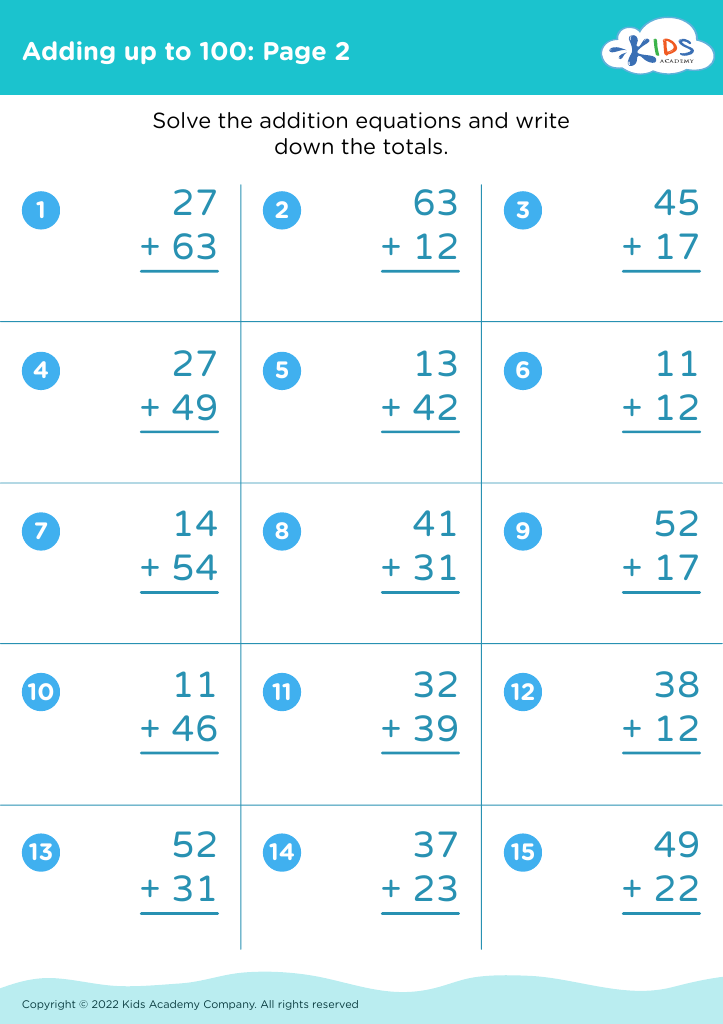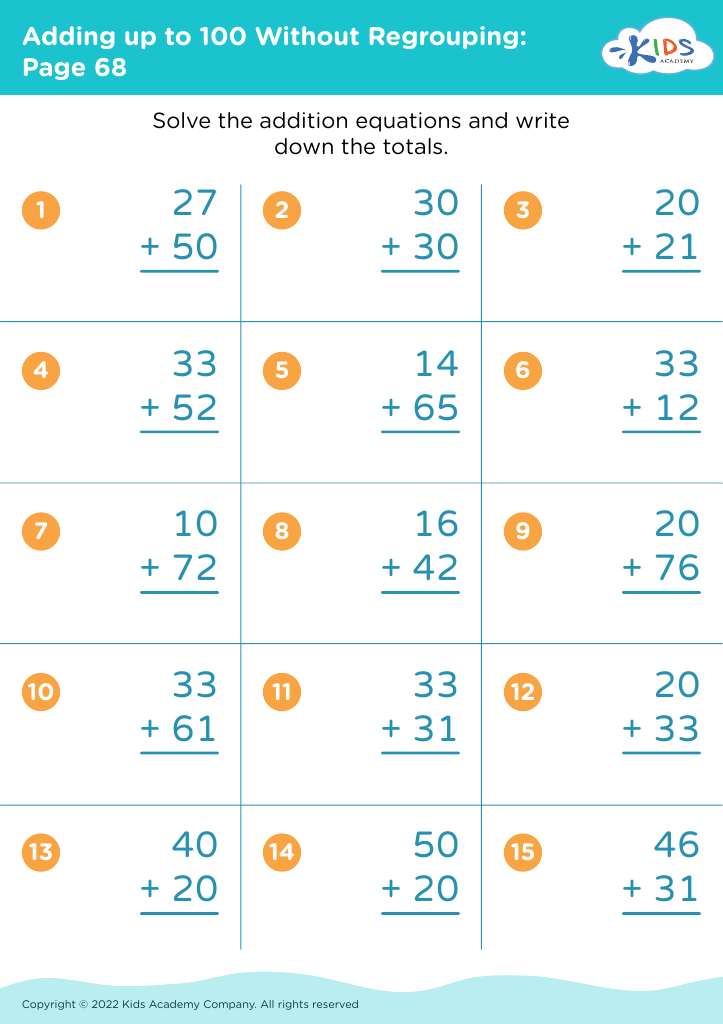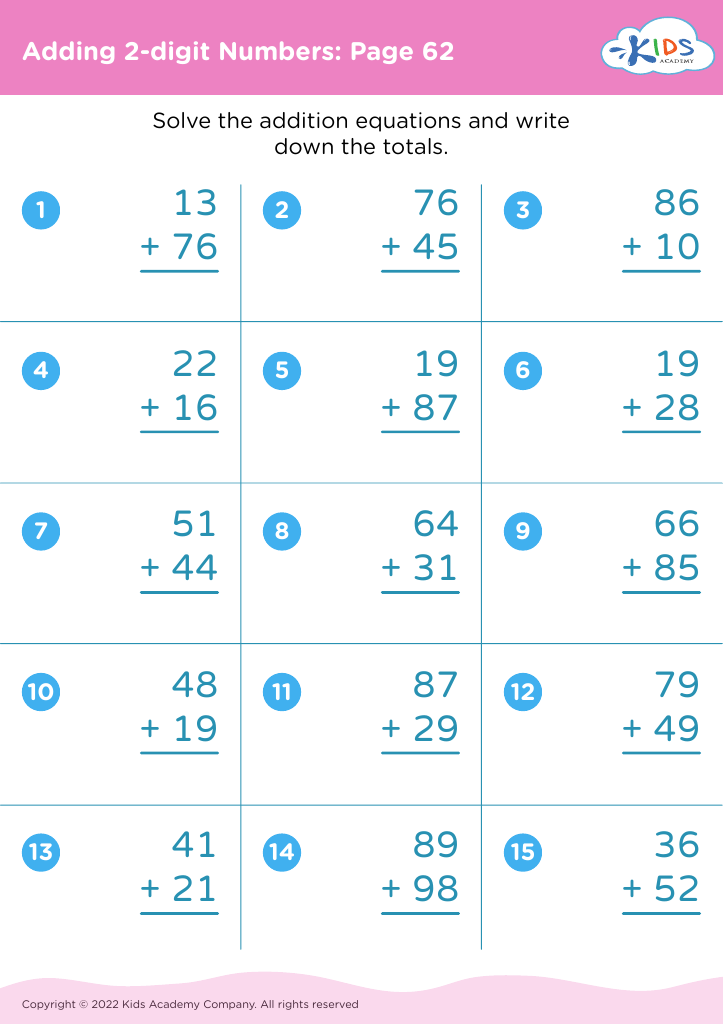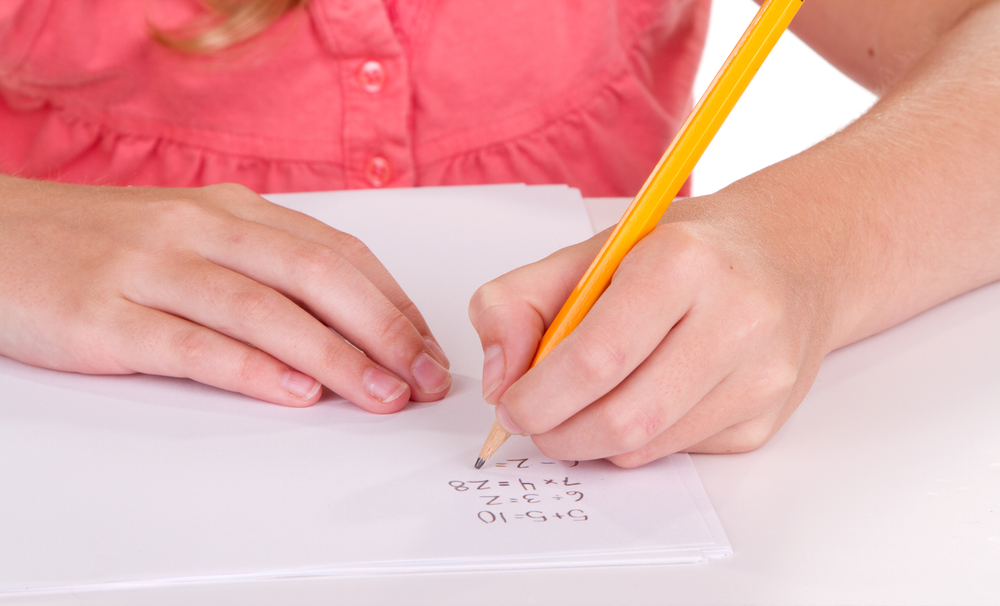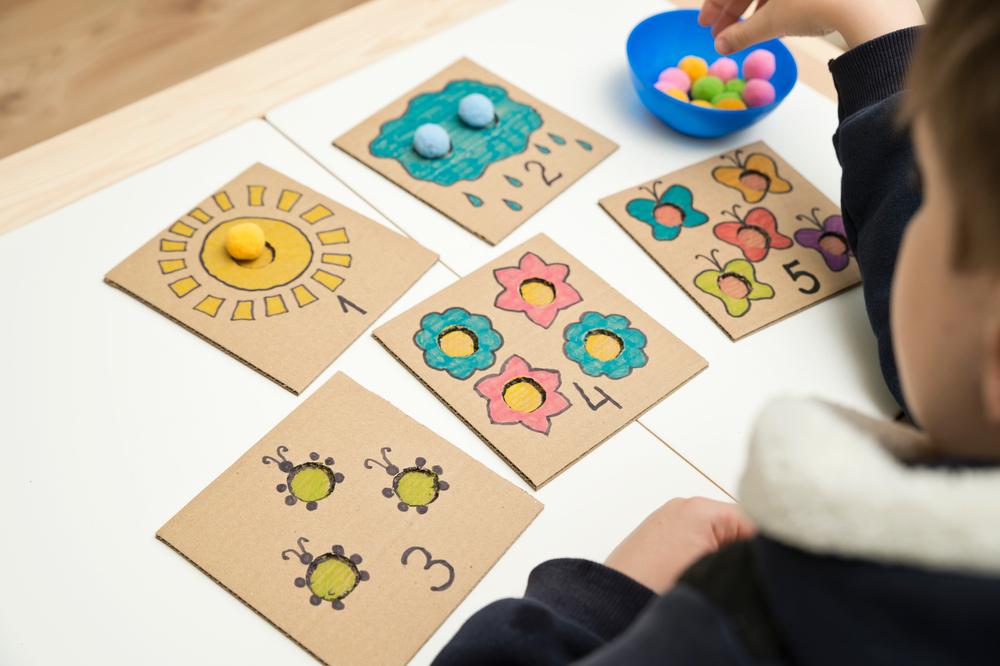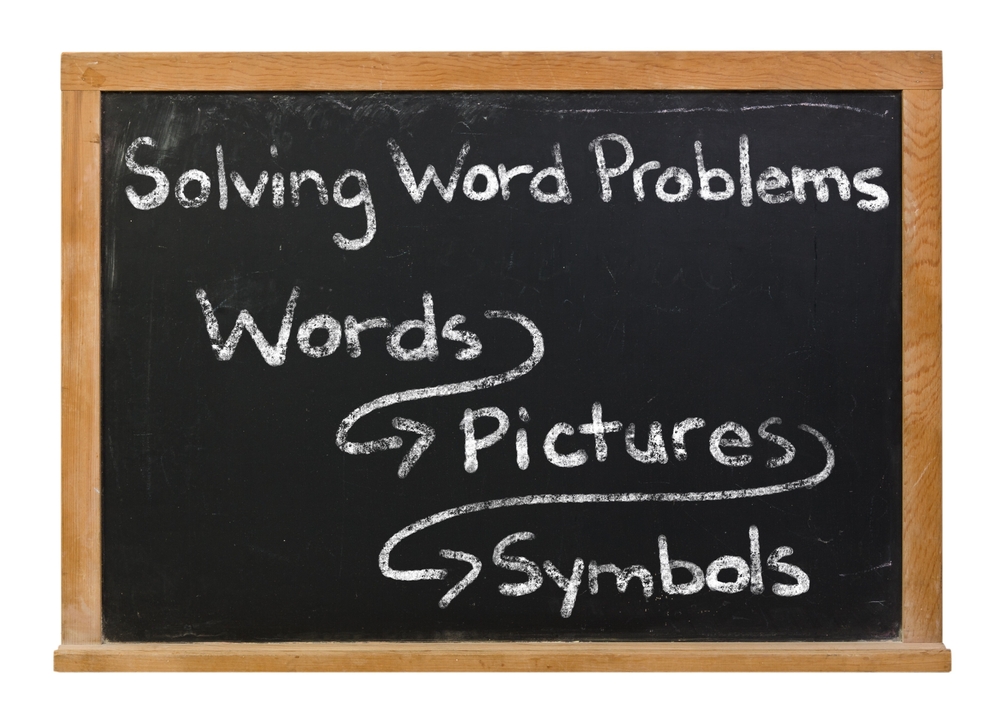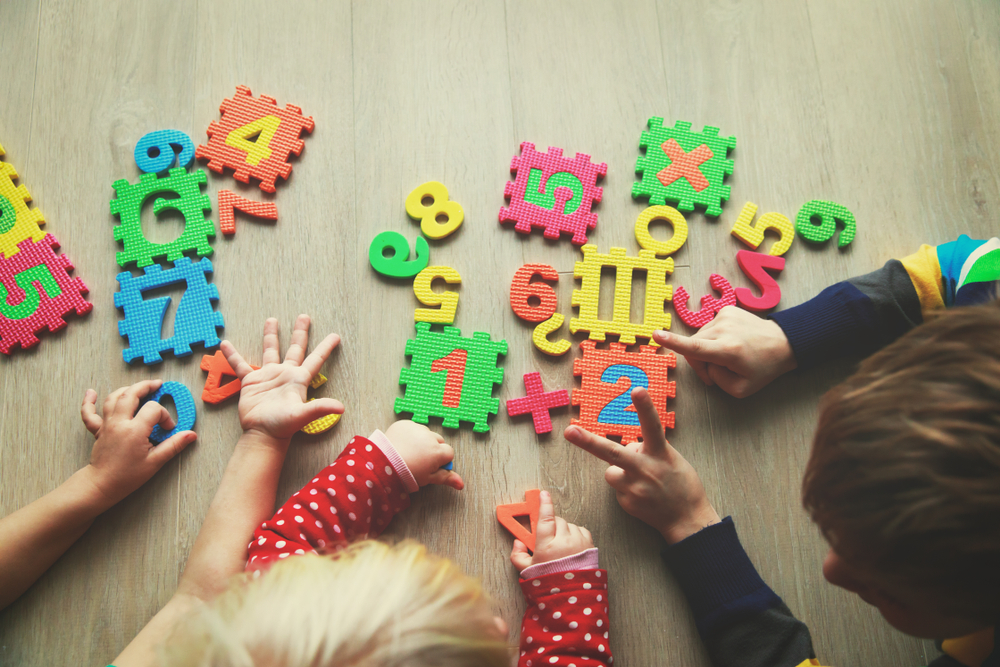Learning number patterns Addition & Subtraction Worksheets for Ages 6-7
3 filtered results
-
From - To
Explore our engaging Learning Number Patterns Addition & Subtraction worksheets for children ages 6-7! Designed to enhance math skills, these worksheets provide a fun and interactive way for young learners to grasp the concepts of addition and subtraction through number patterns. With vibrant visuals and age-appropriate exercises, kids will strengthen their mathematical reasoning while developing critical thinking and problem-solving abilities. Perfect for classroom settings or at-home practice, our resources ensure that learning is both effective and enjoyable. Give your child the tools they need to build a solid foundation in mathematics and boost their confidence in tackling numbers!
Learning number patterns in addition and subtraction is crucial for children ages 6-7 as it lays the foundation for their mathematical understanding and problem-solving skills. At this age, children are developing their numerical fluency, and recognizing patterns helps them make connections between numbers and operations. For instance, when they notice that adding 2 creates a consistent sequence (like counting by twos), it enhances their ability to predict outcomes and solve related problems more efficiently.
Furthermore, understanding these patterns fosters mental math skills, enabling students to perform calculations more swiftly and accurately. This is essential as they progress in their mathematical education, where advanced concepts build on these foundational skills. It encourages logical thinking and boosts confidence in their abilities.
Parents and teachers play a vital role in nurturing this learning. By emphasizing the relevance of patterns through engaging activities—such as games, visual aids, and discussions—they can make math enjoyable and relatable. Additionally, recognizing the importance of patterns helps in identifying students who may need extra support, ensuring that all children develop a robust number sense. Ultimately, mastering number patterns in addition and subtraction prepares children for more complex mathematical concepts in the future, setting them on a path for academic success.
